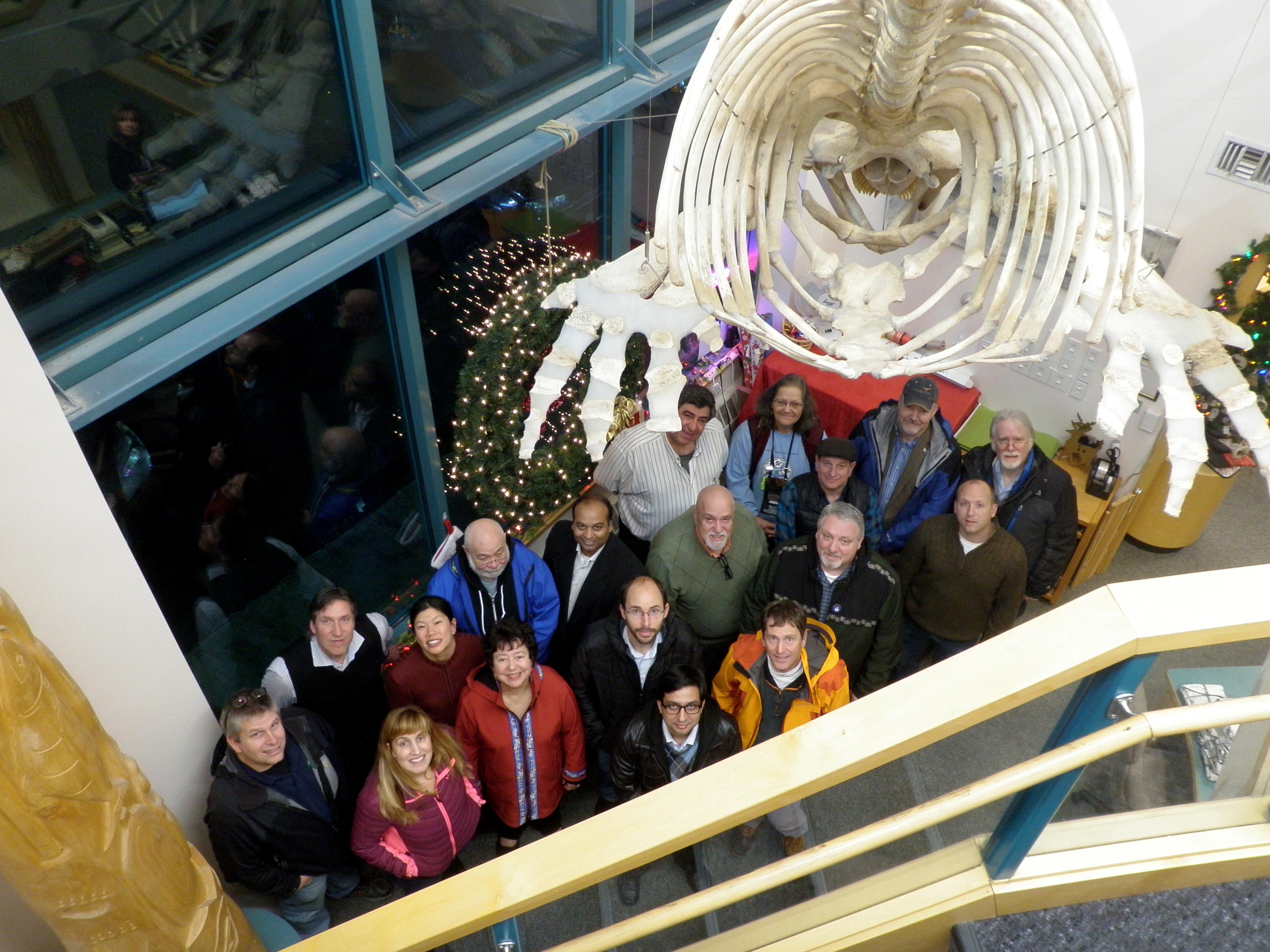Three-year RADIANCE Project Kicks Off in Cordova

ACEP Director Gwen Holdmann and Assistant Professor of Energy Daisy Huang were in Cordova last week to help kick off a three-year project titled Resilient Alaskan Distribution System Improvements Using Automation, Network Analysis, Control, and Energy Storage.
The City of Cordova will test RADIANCE, which will use advanced technologies and methods for resiliency-enhanced operation of a regional distribution grid. Grid resilience and recovery will be tested under harsh weather, cyberthreats, and dynamic grid conditions.
ACEP will model the grid, provide and quantify Alaska-specific scenarios, and facilitate and support the full deployment of cybersecurity schemes, communication and controls, design configurations, technologies and energy storage in Cordova.
ACEP has engaged Dave Newman, a complex systems specialist and professor with the UAF Physics Department, to help model grid resilience during catastrophic events that can lead to power failure. Jeremy Vandermeer, ACEP research engineer, will continue modeling Cordova’s grid. Initial models indicate that adding energy storage would help optimize grid performance.
RADIANCE is part of the Grid Modernization Lab Consortium program funded by the U.S. Department of Energy, with collaboration from the Sandia, Idaho and Pacific Northwest national laboratories.
The project’s university partners are the University of Alaska Fairbanks, Florida State University, Washington State University and New Mexico State University. Collaborators include Cordova Electric Cooperative, Alaska Village Electric Cooperative, Siemens and the National Rural Electric Cooperative Association.
Photo: The RADIANCE team stands below a whale skeleton in the Eyak Cultural Center in Cordova. Photo courtesy of Daisy Huang/ACEP.


